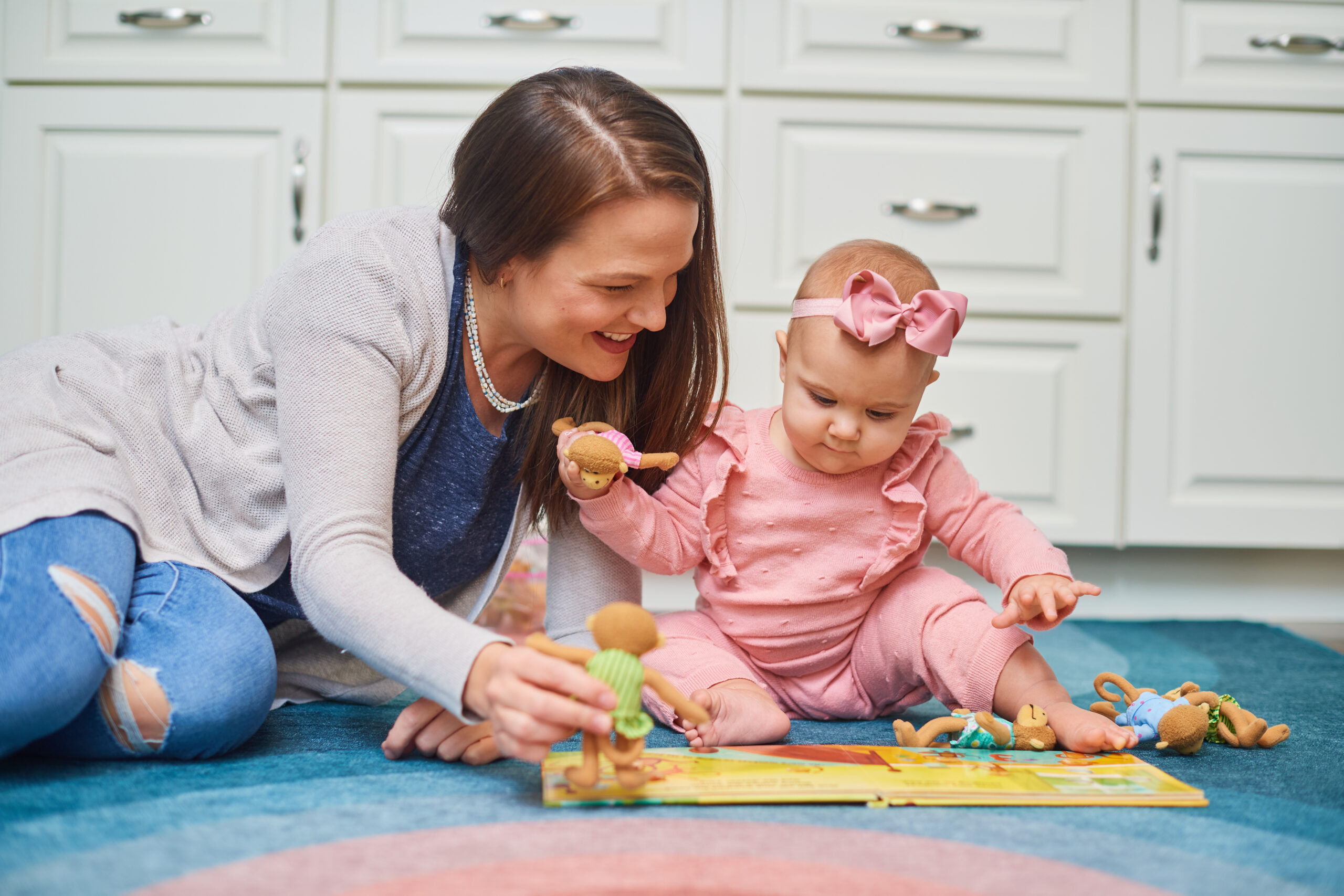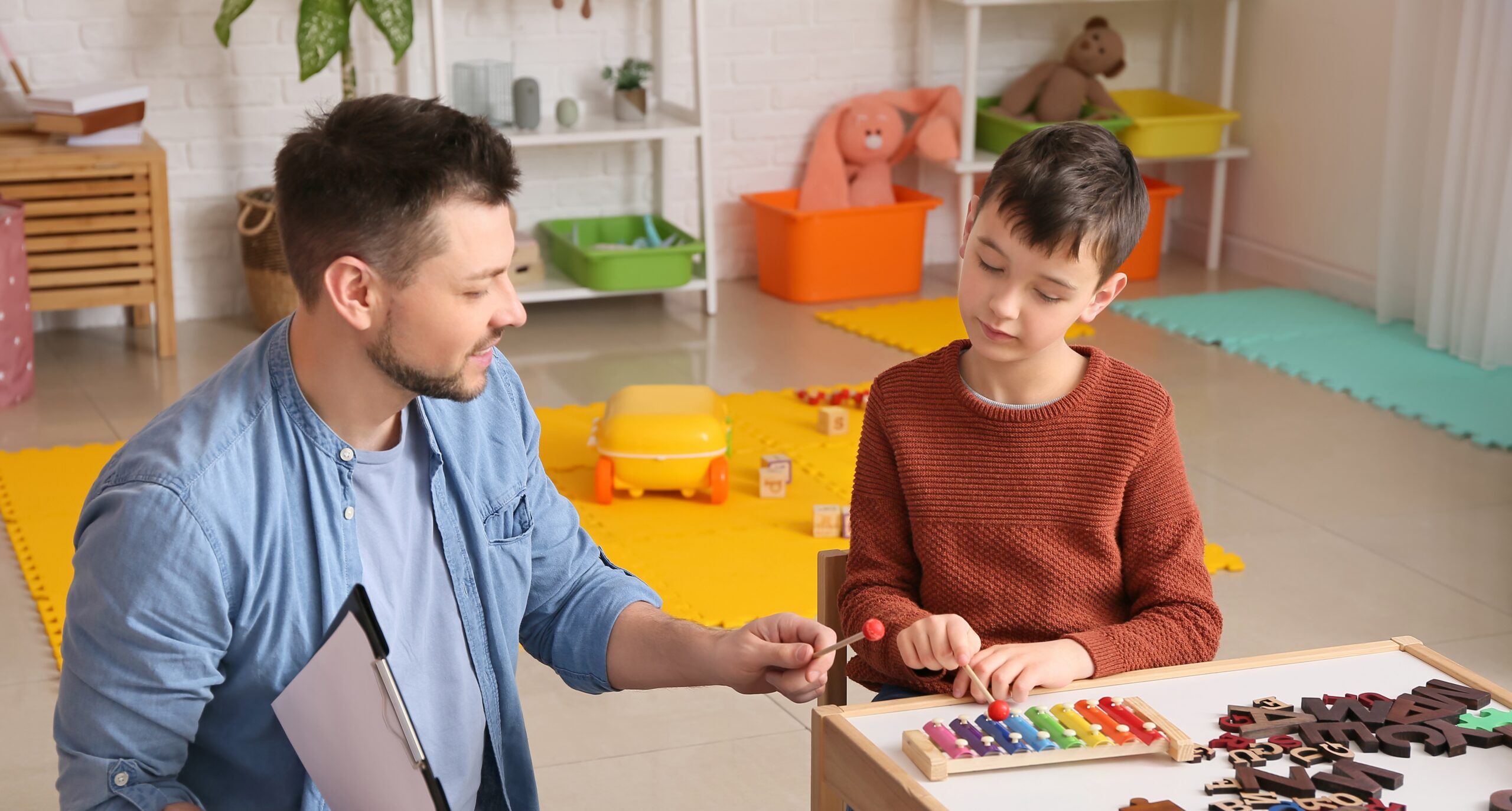September is National Baby Safety Month
Welcome to September, a month dedicated to one of the most precious gifts in our lives—babies. September is National Baby Safety Month, a time to raise awareness and promote knowledge about ensuring the safety and well-being of our little ones. This month, we'll delve into essential topics related to baby safety, including speech and feeding, toy safety considerations, safe sleep practices, and breathing safety considerations. By the end of this blog, you'll be equipped with valuable insights to help keep your baby safe and thriving.
National Baby Safety Month: History and Importance
National Baby Safety Month has been observed annually every September since 1983. This month-long campaign is organized by the Juvenile Products Manufacturers Association (JPMA) and aims to educate parents and caregivers about the importance of safe baby products and practices. The safety of our infants is a top priority, and this observance serves as a reminder to stay informed and vigilant.Now let's dive into the key aspects of baby safety, starting with the vital connection between speech development and feeding skills.
Speech and Feeding: The Essential Connection
Proper Oral Motor Development: Did you know that a baby's journey towards speech development begins with feeding? The oral motor skills required for breastfeeding or bottle-feeding lay the foundation for speech. Babies learn to coordinate their mouth and tongue movements during feeding, which later enables them to produce speech sounds.The Importance of Early Intervention: If a baby faces challenges during feeding, it's essential to seek professional guidance. Speech-Language Pathologists (SLPs) can be invaluable in helping identify and address oral motor issues early on. They can provide strategies to promote proper tongue and lip movements, leading to improved feeding skills and, ultimately, speech development.
Toy Safety Considerations
Toys are not just for fun; they are also powerful tools for stimulating language skills and encouraging communication in infants. However, not all toys are created equal in terms of safety and speech development.Speech-Friendly Toys and Activities: When selecting toys for your baby, consider those that promote language development. Look for toys that make sounds, have textures for tactile exploration, and encourage interaction. Soft books with colorful pictures, musical toys, and building blocks are excellent choices. These toys engage a baby's senses and foster communication.
How SLPs Can Help: Speech-Language Pathologists can guide parents on choosing age-appropriate toys and activities that align with a baby's developmental stages. They can recommend specific toys that target speech and language skills, ensuring that playtime is not only enjoyable but also educational.
Safe Sleep Practices Considerations
A safe sleep environment is paramount for your baby's well-being. Creating a secure sleeping space reduces the risk of sudden infant death syndrome (SIDS) and other sleep-related incidents.Back to Sleep: The golden rule of safe sleep is placing your baby on their back for all sleep times. This position helps prevent suffocation and reduces the risk of SIDS. Ensure that your baby's crib has a firm mattress and fits tightly within the frame with no gaps. Avoid soft bedding, pillows, and stuffed animals in the crib, as these can pose suffocation hazards.
Flat Head Syndrome or Plagiocephaly: While focusing on safe sleep practices, it's essential to be aware of the possibility of flat head syndrome, also known as positional plagiocephaly.
Flat head syndrome occurs when a baby's head develops a flat spot due to pressure on one side. This can result from consistently lying in the same position. Signs of flat head syndrome include an uneven head shape, with one side flatter than the other.
To prevent and address flat head syndrome, frequently change your baby's head position while they are awake. Tummy time, supervised by an adult, can help strengthen neck and shoulder muscles. If the condition persists, consult your pediatrician, who may recommend corrective measures like physical therapy or a special helmet to reshape the head.
Breathing Safety Considerations
The way a baby breathes can be indicative of their health and comfort. It's crucial to monitor your baby's breathing patterns, especially in the early stages of life.Mouth Breathing: Babies primarily breathe through their noses. However, there can be instances where they breathe through their mouths. While occasional mouth breathing is normal, chronic mouth breathing can be a concern.
Chronic mouth breathing in babies may indicate an underlying issue, such as congestion, allergies, or anatomic abnormalities. It can affect their sleep quality, speech development, and overall comfort.
If you notice persistent mouth breathing in your baby, consult a healthcare professional for a thorough evaluation. They can identify the root cause and recommend appropriate treatment options, which may include addressing allergies or other medical conditions.
Focusing on Your Baby's Safety and Development
National Baby Safety Month serves as a reminder that ensuring the safety and well-being of our babies requires diligence and knowledge. By understanding the critical link between speech development and feeding to selecting speech-friendly toys and creating a safe sleep environment, you can provide your infant with a nurturing and secure foundation for their growth and development. Additionally, staying vigilant about breathing patterns can help identify potential issues early on.You can find more information on these topics on our website at TrestleTherapy.com. Also be sure to follow us on social for more posts on baby safety and other topics. Happy National Baby Safety Month!



